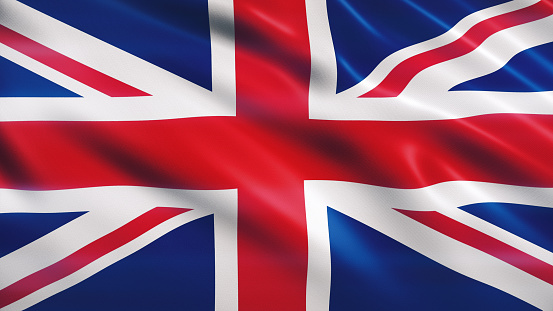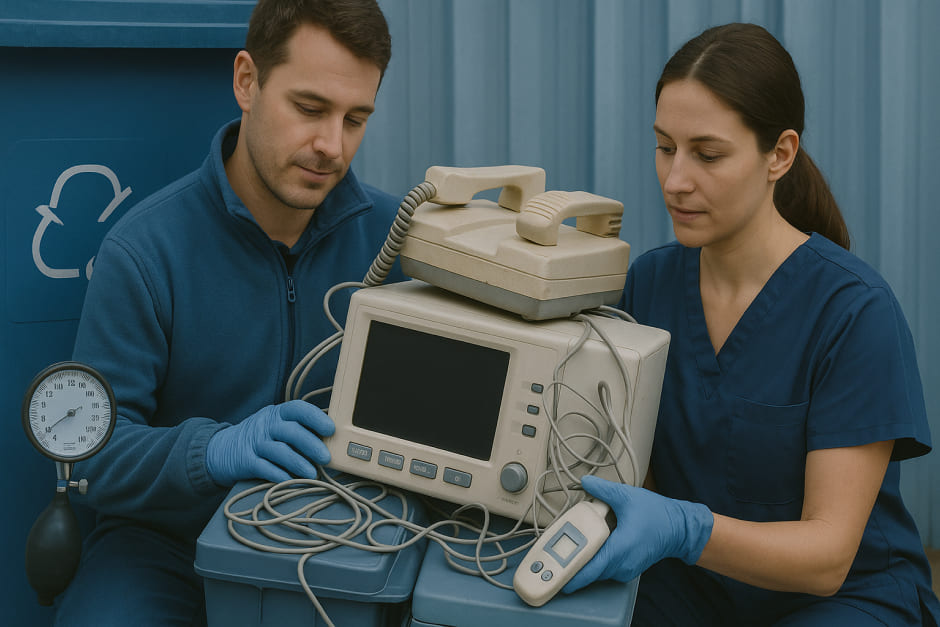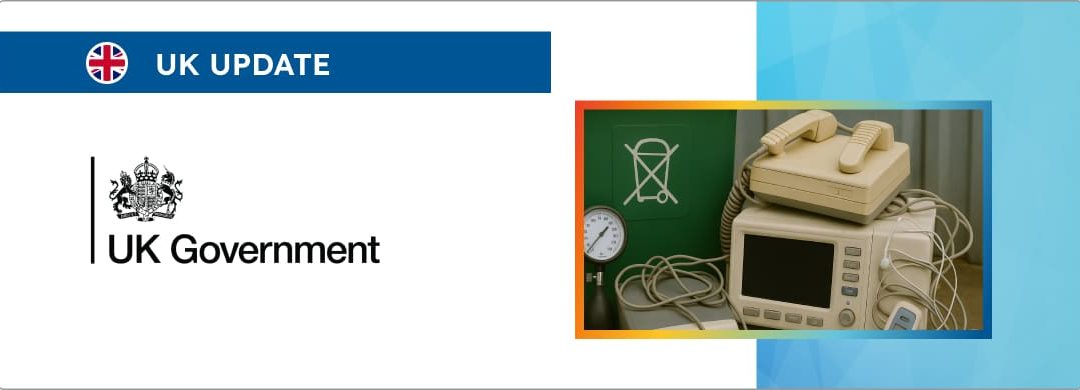The present article is dedicated to the UK WEEE regulatory requirements the parties involved should comply with.

Table of content
The UK Government has published detailed guidelines intended to provide a general overview, as well as additional clarifications regarding the regulatory matters associated with Waste Electrical and Electronic Equipment (WEEE). The document highlights the key points to be taken into consideration by the parties involved, and explains the approach to be followed in order to ensure compliance with the existing legal framework.
Overview of WEEE Regulations
According to the information published by the UK Government, the Waste Electrical and Electronic Equipment (WEEE) Regulations 2013, as amended, were established to mitigate the environmental impact associated with the disposal of electrical and electronic equipment.
As explained by the authorities, these regulations mandate that producers, retailers, and distributors take proactive measures to facilitate the reuse, recycling, and environmentally sound treatment of WEEE, thereby reducing the volume of waste directed to landfills and incinerators.
The overarching aim of the regulations, as set forth by the government, is to transition towards a circular economy model where valuable resources embedded in electrical products are preserved and hazardous substances are properly managed.

Scope of the Regulations
In accordance with the relevant regulations, the WEEE framework applies to a broad range of electrical and electronic equipment across 14 distinct categories.
These categories include:
- Large household appliances (e.g., refrigerators, washing machines)
- Small household appliances (e.g., vacuum cleaners, irons)
- IT and telecommunications equipment (e.g., computers, mobile phones)
- Consumer equipment (e.g., televisions, radios)
- Lighting equipment (including bulbs and lamps)
- Electrical and electronic tools (e.g., drills, saws)
- Toys, leisure, and sports equipment (e.g., electric trains, video games)
- Medical devices (excluding implanted and infected products)
- Monitoring and control instruments (e.g., smoke detectors, thermostats)
- Automatic dispensers
As explained by the authority, all products falling under these categories must comply with the obligations set out under the WEEE regulations when placed on the UK market.
According to the guidance, certain equipment is exempt from the scope of the WEEE regulations.
Exemptions include:
- Equipment designed exclusively for military purposes
- Large-scale stationary industrial tools
- Implanted and infected medical devices
- Equipment specifically intended to be launched into space
The existence of these exemptions ensures that only consumer and commercial products falling within the intended regulatory framework are captured.
Responsibilities of Producers
As set forth in the official guidance, a “producer” under the WEEE regulations is defined as any individual or business that:
- Manufactures and sells electrical and electronic equipment under its own brand within the UK
- Resells under its own branding equipment produced by another manufacturer
- Imports electrical and electronic equipment commercially into the UK
- Supplies EEE directly to UK consumers through distance selling from a business based outside the United Kingdom
According to the document, determining producer status is fundamental, as it dictates the corresponding regulatory obligations.
Registration and Compliance Requirements
In accordance with the relevant regulations, producers are obliged to:
- Register with the appropriate UK environmental regulator annually, either directly (for small producers) or through a Producer Compliance Scheme (PCS) (for larger producers placing more than 5 tonnes of EEE per year).
- Join a PCS to ensure the collection, recycling, and recovery of WEEE from consumers and businesses.
- Mark their products with the crossed-out wheeled bin symbol and include a date mark, thereby informing end users not to dispose of electrical items as unsorted municipal waste.
- Provide information to treatment facilities regarding the appropriate dismantling and recycling of their products.
- Maintain records for at least four years regarding the quantities of EEE placed on the market, ensuring transparency and traceability for auditing purposes.
As explained by the authority, failure to comply with these duties can result in enforcement action, including financial penalties.
Responsibilities of Retailers and Distributors
According to the government guidance, retailers and distributors supplying new EEE to household consumers have an obligation to ensure that customers are offered a free, accessible method for returning their old equipment for proper disposal.
In practical terms, this obligation can be fulfilled by:
- Offering a free, in-store take-back service on a one-for-one, like-for-like basis when selling new equipment
- Providing a free alternative collection or drop-off service if in-store take-back is not feasible
- Joining the Distributor Take-Back Scheme (DTS), which allows retailers to meet their obligations by contributing financially to a network of local WEEE collection facilities
The authorities explain that retailers must ensure these services are available at the time of sale and clearly communicated to customers.
In accordance with the regulations, retailers are further required to provide customers with clear and accessible information regarding:
- The environmental significance of correctly disposing of WEEE
- The operation and location of available take-back or collection services
- The meaning of the crossed-out wheeled bin symbol displayed on products
This communication, as highlighted by the authority, should be visible at the point of sale or prominently displayed on the retailer’s website for online sales.
The purpose of this obligation is to enhance consumer awareness and encourage proper disposal behavior.
Enforcement and Penalties
As explained by the UK Government, enforcement of the WEEE regulations falls under the remit of the Office for Product Safety and Standards (OPSS).
In cases of non-compliance, the authority may:
- Issue formal warnings
- Serve compliance notices
- Initiate legal proceedings leading to unlimited fines upon conviction
According to the document, enforcement measures aim to promote fair competition among businesses and ensure environmental objectives are met.
Additional Responsibilities and Practical Considerations
Retailers offering take-back services are responsible for the safe storage of collected WEEE. In accordance with the guidelines, collected waste must be transferred to an Approved Authorised Treatment Facility (AATF) or managed through an accredited PCS.
Safe storage practices, including protection from adverse weather and segregation of hazardous components, must be adhered to.
According to the document, larger retailers (those with a sales area dedicated to EEE of more than 400 square meters) are obligated to accept very small WEEE (with no external dimension greater than 25 cm) free of charge, irrespective of whether a new product is purchased.
This provision, known as the “Small WEEE Obligation,” aims to remove barriers to recycling for consumers and improve recycling rates for smaller household items such as electric toothbrushes or mobile phones.
Both producers and retailers must maintain comprehensive records of WEEE handling and recycling activities. According to the regulations, records must be kept for a minimum of four years and made available for inspection by regulators upon request.
Such documentation is essential to demonstrate compliance and support environmental reporting obligations.
Conclusion
In summary, the WEEE regulations, as specified by the UK Government, establish a clear and robust framework for managing electrical and electronic waste in an environmentally responsible manner.
According to the document, producers, retailers, and distributors bear significant responsibilities to ensure that products are properly marked, consumers are adequately informed, and used equipment is collected and treated appropriately.
In accordance with the relevant regulations, compliance not only supports environmental protection but also safeguards businesses from legal liabilities and enhances corporate sustainability credentials.
How Can RegDesk Help?
RegDesk is an AI-powered Regulatory Information Management System (RIMS) designed to simplify global compliance for medical device companies. With regulatory intelligence covering 120+ markets, RegDesk helps you prepare and publish global submissions, manage standards, conduct impact assessments, and stay ahead of regulatory changes all from a single, centralized platform. Expanding into new markets has never been easier.

